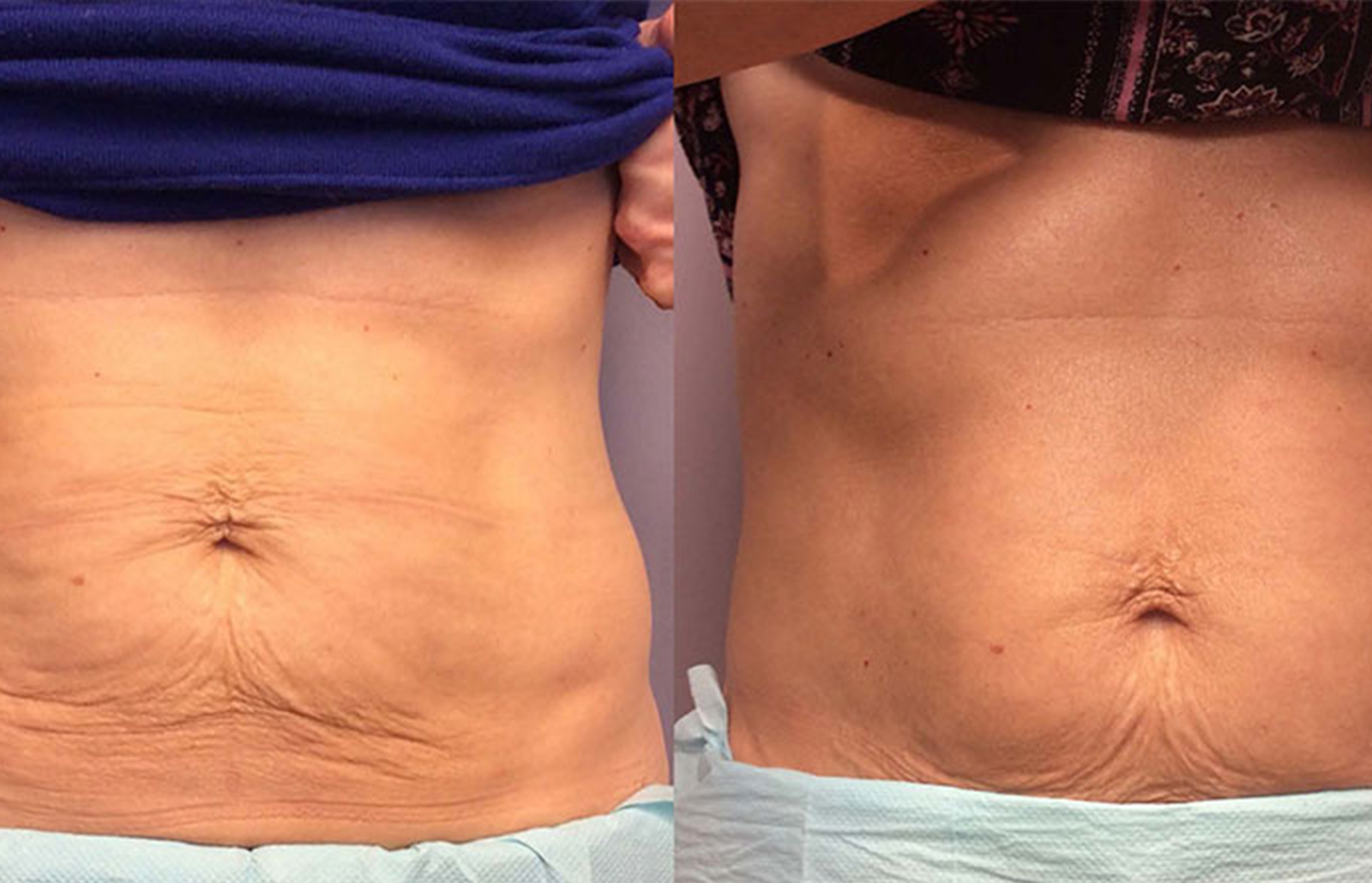
Cellulite is a common skin condition that affects the appearance of the skin, causing a dimpled or lumpy texture, particularly on areas like the thighs, buttocks, and abdomen. While not harmful to health, cellulite is often seen as a cosmetic concern, leading many to seek treatments that can improve skin texture and reduce its visibility. In recent years, red light therapy, also known as photobiomodulation (PBM), has emerged as a promising, non-invasive treatment for cellulite. But does it really work?
The short answer is yes, and science backs it up. In this article, we’ll explore the science behind red light therapy, how it helps improve the appearance of cellulite, and the research that supports its effectiveness.
Understanding Cellulite: What Causes It?
Before diving into how red light therapy works, it’s important to understand what cellulite is and why it appears. Cellulite occurs when fat deposits push through the connective tissue beneath the skin. Factors such as genetics, age, hormonal changes, and lifestyle can contribute to the development of cellulite. Collagen fibers that connect the skin to underlying muscles separate fat into small pockets, leading to the uneven, dimpled appearance of the skin.
Cellulite is more common in women than men due to differences in fat distribution, muscle structure, and connective tissue. The severity of cellulite can vary, but it is most noticeable in areas with higher fat concentrations, such as the thighs, hips, and buttocks.
While there are many treatments that claim to reduce cellulite, few have been proven as effective as red light therapy.
What is Red Light Therapy?
Red light therapy (RLT) is a non-invasive treatment that uses low-level red wavelengths of light to penetrate the skin. The light penetrates the skin at a cellular level, stimulating energy production within the cells. This process, known as photobiomodulation, helps to improve cellular function, boost collagen production, and reduce inflammation—all of which play a role in improving skin texture and reducing the appearance of cellulite.
RLT works by targeting the mitochondria, which are the energy powerhouses of cells. The therapy boosts the mitochondria’s production of adenosine triphosphate (ATP), the primary energy currency of the cell. This increase in ATP production enhances cellular repair, promotes the regeneration of tissues, and improves overall skin health.
But how exactly does this relate to cellulite?
How Red Light Therapy Improves Cellulite
Several mechanisms make red light therapy a highly effective treatment for reducing the appearance of cellulite:
1. Boosts Collagen Production
Collagen is a crucial protein that provides structure and elasticity to the skin. As we age, collagen production declines, leading to thinner skin and the more visible appearance of fat deposits, including cellulite. Red light therapy stimulates collagen production, helping to thicken the skin and smooth out the underlying fat cells, thereby reducing the dimpled appearance.
2. Improves Blood Flow and Lymphatic Drainage
RLT has been shown to improve microcirculation and lymphatic drainage, which are critical for flushing out toxins and excess fluids that can contribute to cellulite formation. By increasing blood flow to the treated areas, red light therapy helps the body remove waste products more efficiently, leading to a reduction in the swelling and fluid retention that can make cellulite more prominent.
3. Reduces Inflammation
Inflammation can exacerbate the appearance of cellulite by making skin tissues more rigid and uneven. Red light therapy has powerful anti-inflammatory properties, helping to reduce inflammation in the treated areas. This allows the skin to become more elastic and smoother, which directly improves the appearance of cellulite.
4. Stimulates Fat Reduction
One of the lesser-known benefits of red light therapy is its ability to reduce localized fat. While RLT doesn’t eliminate fat in the same way as more aggressive treatments like liposuction, it can help break down fat cells and reduce their volume. This process, known as lipolysis, reduces the pressure fat cells exert on the surrounding tissues, thereby decreasing the visibility of cellulite.
5. Tightens the Skin
By boosting collagen and elastin production, red light therapy helps tighten and firm the skin. The increased collagen thickens the dermal layer, making the skin appear smoother and more youthful. As a result, the skin’s surface appears more even, and cellulite becomes less noticeable.
Research Supporting Red Light Therapy for Cellulite
Numerous studies have demonstrated the effectiveness of red light therapy in improving the appearance of cellulite. Here are a few notable examples:
1. Study on Cellulite and Skin Elasticity
A clinical trial published in Lasers in Surgery and Medicine in 2011 evaluated the effectiveness of red light therapy on cellulite reduction and skin elasticity. The study involved 20 women with moderate cellulite who underwent multiple RLT treatments over a period of 12 weeks. The results showed that participants experienced a significant improvement in skin elasticity and a reduction in cellulite severity.
The researchers concluded that red light therapy was an effective non-invasive treatment for reducing cellulite and improving the overall appearance of the skin.
Reference: McRae, E., Boris, J. “Red Light Therapy for Cellulite and Skin Elasticity: A Randomized Study.” Lasers Surg Med, 2011.
2. Study on Combined Therapies for Cellulite Reduction
A 2015 study published in the Journal of Cosmetic and Laser Therapy examined the effects of red light therapy combined with radiofrequency and massage therapy on cellulite reduction. The study involved 45 women with visible cellulite who were divided into two groups—one receiving red light therapy and the other receiving a placebo treatment.
After 12 weeks, the group receiving red light therapy saw a notable reduction in cellulite compared to the placebo group. The researchers noted that the combination of red light therapy with other non-invasive treatments could enhance the results even further.
Reference: Savoia, A., Landi, S., et al. “Combined Use of Radiofrequency, Red Light Therapy, and Massage for Cellulite Treatment.” J Cosmet Laser Ther, 2015.
3. Red Light Therapy and Fat Reduction
A study published in Lasers in Medical Science in 2014 explored the ability of red light therapy to reduce fat and improve cellulite. Participants in the study underwent a series of RLT sessions targeting the thighs and buttocks. After four weeks of treatment, participants showed a reduction in both fat volume and cellulite, with significant improvements in skin texture.
The study concluded that red light therapy is a viable non-surgical option for reducing localized fat and improving cellulite appearance.
Reference: Jackson, R., Roche, G., “Effects of Red Light Therapy on Fat Reduction and Cellulite Appearance.” Lasers Med Sci, 2014.
Conclusion
Red light therapy is a scientifically proven, non-invasive treatment that effectively reduces the appearance of cellulite by stimulating collagen production, improving circulation, reducing inflammation, and tightening the skin. Backed by clinical studies, this therapy has shown promising results for those seeking an alternative to invasive procedures for cellulite reduction.
If you’re struggling with cellulite and are looking for a non-surgical, painless treatment option, red light therapy may be the solution you’ve been searching for. With its ability to improve skin texture, enhance elasticity, and reduce fat, red light therapy is a powerful tool in the fight against cellulite.
So, the next time you’re considering treatments for cellulite, rest assured that science backs the efficacy of red light therapy—and yes, it works!








